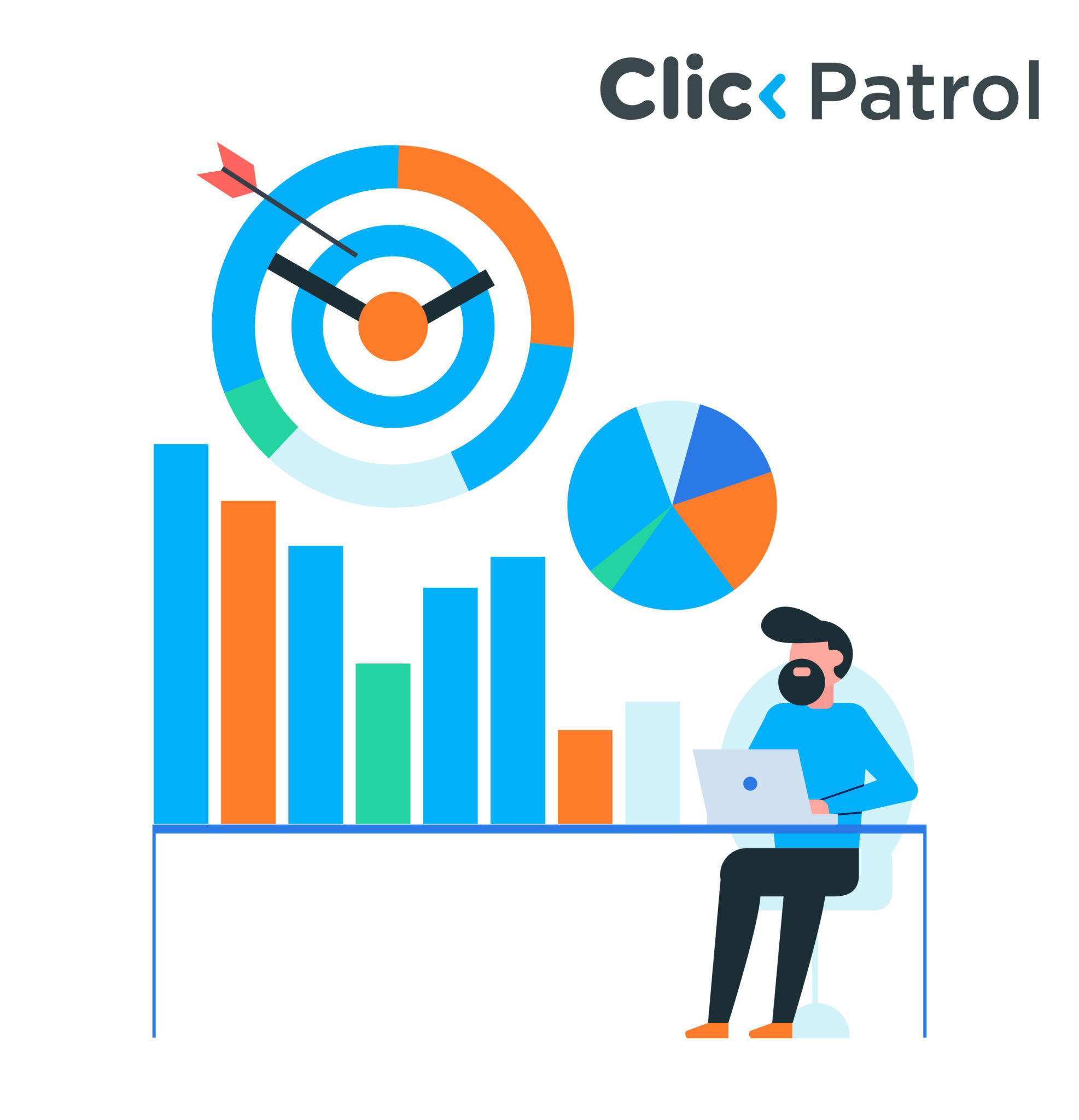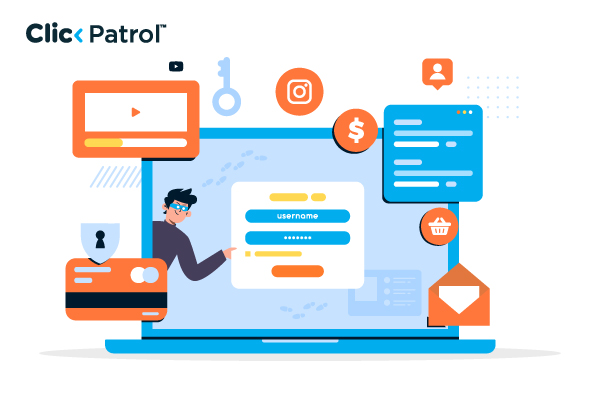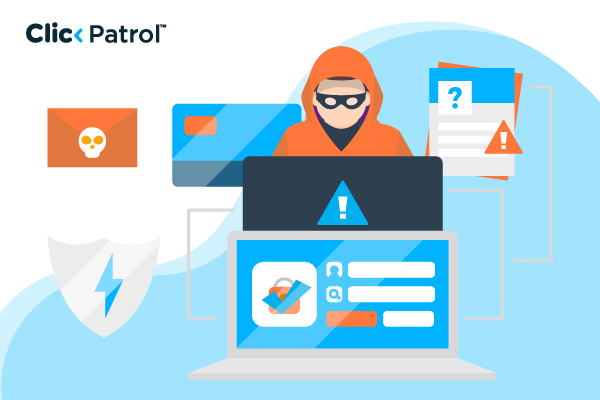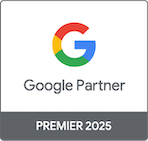
Promotional content: How to drive conversions and brand awareness with the right strategy
Abisola Tanzako | Aug 01, 2025

Table of Contents
- What is promotional content?
- 5 Effective types of promotional content and when to use them
- How to create effective promotional content
- Best channels for distributing promotional content
- Measuring the success of promotional content
- Promotional content vs. other content types
- Challenges in creating promotional content
- Best practices for creating high-converting promotional content
- Promotional content is your business amplifier
- FAQs
Consumers are 85% more likely to buy a product after viewing a brand’s promotional content (Content Marketing Institute, 2024).
Promotional content is not just about selling; it is about capturing attention, building trust, and guiding potential customers through their buying journey.
It bridges the gap between brand awareness and conversion, ensuring your message reaches the right people in the right way.
This guide explores types of promotional content, when to use them, and how to integrate them into your digital strategy.
What is promotional content?
Promotional content refers to any media, written, visual, or interactive, created to promote a brand, product, or service. It is designed to drive visibility, engagement, and sales.
Unlike educational or purely entertaining content, promotional content is crafted with a clear marketing intent. It is used across various channels, including websites, social media, email, print, and video platforms.
5 Effective types of promotional content and when to use them
Promotional content comes in many forms, each tailored to a specific goal or platform. Choosing the right type of content depends on your target audience, budget, and business objectives.
- Blog posts with promotional CTAs: While blog content is often used to educate or entertain, when done right, it also serves as a powerful promotional tool. You can embed product mentions, calls-to-action (CTAs), and internal links that guide readers toward a conversion point. Example: A skincare brand writing a post titled “5 Signs Your Skin Needs a Hydration Boost” and recommending their moisturizing cream at the end.
- Social media Ads and posts: Platforms like Instagram, Facebook, and LinkedIn are ideal for short-form promotional content. These can be image-based, video-based, or even text-only. An example is a 15-second Instagram Reel showcasing a new product drop with a swipe-up CTA.
- Promotional emails: Email remains one of the most direct and effective ways to share promotional content. Example: “Get 20% Off Our Best-Sellers, This Weekend Only!”
- Landing pages: A landing page is a standalone web page created specifically for a marketing campaign. It focuses on a single action, typically a purchase or sign-up, and includes persuasive copy, images, and testimonials. An example is a webinar registration page highlighting what attendees will learn and how to register.
- Video content: Video is increasingly important in content promotion. It is engaging, shareable, and can be repurposed across multiple platforms. An example is a product demo or an influencer unboxing your brand’s latest release.
How to create effective promotional content
Creating great promotional content is both an art and a science. It requires storytelling, marketing expertise, and a deep understanding of the audience.
1. Know your audience: Define who you are talking to before creating anything. What are their pain points, interests, and goals? The better you know your audience, the more relevant and compelling your content will be. Create buyer personas to guide your tone, style, and messaging.
2. Define a clear goal: Every promotional piece should serve a specific purpose, such as driving traffic, increasing sign-ups, or selling a product. Clarity on your goal ensures focused messaging and strong calls to action.
3. Craft compelling messaging: Promotional content must be explicit, benefit-driven, and emotionally resonant. Focus on how your product or service solves a real problem. Use the following structure:
- Hook: Grab attention with a headline or visual.
- Value Proposition: What’s in it for the audience?
- CTA: Tell them exactly what to do next.
4. Optimize for SEO: If your content lives online (which most does), it needs to be search-friendly. This includes:
- Keyword research
- Meta descriptions
- Alt text for images
- Fast loading speeds
- Mobile responsiveness
5. Design for impact: visual appeal matters. Use high-quality graphics, brand-consistent colors, and mobile-optimized layouts. Attention spans are short; make your content easy to digest and act on.
Best channels for distributing promotional content
Creating promotional content is only half the job; you also need a smart distribution strategy.
1. Social media: Post organically and run ads across platforms where your audience is active. Each network has its content style and strengths.
- Instagram: Visual and fast-paced
- LinkedIn: B2B promotions and thought leadership
- Facebook: Community building and targeted ads
- TikTok: Short-form product showcases and trends
2. Email newsletters: Use your mailing list to share promotions, product launches, and updates directly with engaged users.
3. Search engines: Google Ads and SEO-driven blog content help you capture users actively searching for solutions.
4. Influencer networks: Tap into an influencer’s audience with sponsored content or giveaways.
5. Affiliate partnerships: Let trusted partners promote your content in exchange for commissions on sales or sign-ups.
Measuring the success of promotional content
You must track the right performance metrics to know whether your promotional content is working. These insights help you refine your strategy and scale what works.
Key metrics to monitor:
- Impressions: How many people saw your content?
- Click-through rate (CTR): Percentage of viewers who clicked your CTA.
- Conversion rate: How many people completed the desired action (purchase, sign-up, etc.)
- Engagement: Likes, comments, shares, saves, and video views.
- Bounce rate and time on page: For website-based content, track how long people stay and whether they engage further.
- Revenue and ROI: The most important metric is whether your promotional content leads to profits.
Promotional content vs. other content types
While promotional content is overtly sales-driven, it works best when balanced with other content types. A healthy content strategy includes all three to build trust, engage, and convert. It is essential to understand the distinction between promotional content and other forms, like:
- Educational content: Offers value through tutorials, how-to guides, or expert insights (e.g., “How to Build a Capsule Wardrobe”).
- Entertaining content: Created to amuse or inspire (e.g., memes, reels, behind-the-scenes).
- Thought leadership: Builds authority and credibility (e.g., industry insights, opinions).
Challenges in creating promotional content
Creating promotional content can be tricky. Here are some common challenges and how to avoid them:
- Being too pushy: If your pitch sounds like a hard sell, you may turn people off. Use storytelling and subtle persuasion.
- Lack of targeting: Generic messages rarely resonate. Tailor your content to specific audience segments.
- Not mobile-optimized: Most users consume content on their phones. Ensure that everything loads quickly and appears well on smaller screens.
- Poor visuals or weak copy: Invest in sound design and compelling writing; your content represents your brand.
- Not measuring results: Always track performance and iterate.
Best practices for creating high-converting promotional content
Here are the best practices for creating high-converting promotional content, written clearly and practically:
1. Start with a clear goal: Know exactly what you want your content to achieve:
- More sign-ups?
- Product purchases?
- Website visits?
2. Know your audience: Understand what your audience wants, fears, or struggles with. Use simple, relatable language that speaks directly to them. Example: Instead of “Boost productivity through workflow automation,” say. “Get more done in less time, without burning out.”
3. Use a strong hook: Example: “Still wasting hours on manual tasks? Here’s a faster way.” Grab attention from the start with a headline or opening line that:
- Solves a problem
- Asks a question
- Sparks curiosity
- Offers a benefit
4. Focus on benefits, not features: Don’t just list what your product does. Show how it helps.
- Feature: “Includes real-time analytics”
- Benefit: “See what’s working right now—adjust instantly for better results.”
5. Add social proof: Use testimonials, reviews, or stats to build trust. Example: “Join 10,000+ small business owners already using this tool.”
6. Use a clear call-to-action (CTA): Tell readers exactly what to do next, and make it easy. Avoid vague phrases like “Click here.” Examples of strong CTAs:
- “Start your free trial.”
- “Download the guide.”
- “Get 20% off now.”
7. Keep it short and focused: Cut unnecessary words, stick to one idea per sentence or paragraph, and use bullet points or bold text to make it skimmable.
8. Use visuals strategically: Images, GIFs, or short videos can significantly boost engagement, especially when they showcase the product in use or highlight its results.
9. Optimize for mobile: Ensure your content appears visually appealing and loads quickly on mobile devices. Use short paragraphs, large fonts, and clear CTA buttons that are easy to tap.
10. Test and improve: Try different headlines, CTAs, or images and see what works best, and utilize A/B testing tools or track key metrics, such as clicks, sign-ups, or conversions.
Promotional content is your business amplifier
In a digital world bursting with noise, promotional content is your microphone. It gives your business a voice, a platform, and a chance to connect meaningfully with potential customers. If done right, promotional content:
- Builds brand authority
- Drives measurable results
- Supports every stage of the customer journey
- Works across industries and platforms
FAQs
Q. 1 What is the difference between promotional content and advertising?
Advertising typically refers to paid placements (e.g., Facebook ads or Google Ads), while promotional content encompasses both paid and organic media designed to promote a product or service.
Q. 2 Can promotional content also be educational?
Absolutely! Blending education with promotion, like in a how-to blog post that subtly recommends your product, can increase trust and conversions.
Q. 3 How often should I post promotional content?
Aim for balance. A good rule of thumb is the 80/20 rule: 80% of your content should be educational or entertaining, while 20% should be promotional.
Q. 4 What is the best platform for promotional content?
It depends on your audience. For visual brands, Instagram and YouTube are effective platforms. For B2B, LinkedIn and email are powerful. The key is to go where your audience already is.





